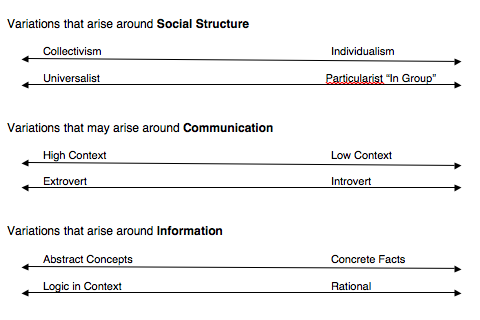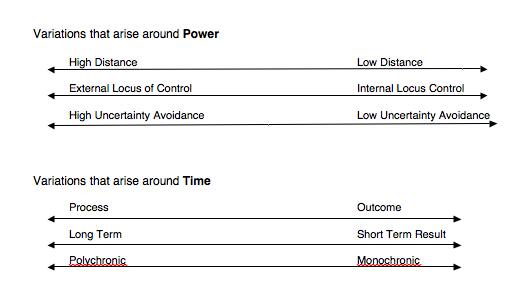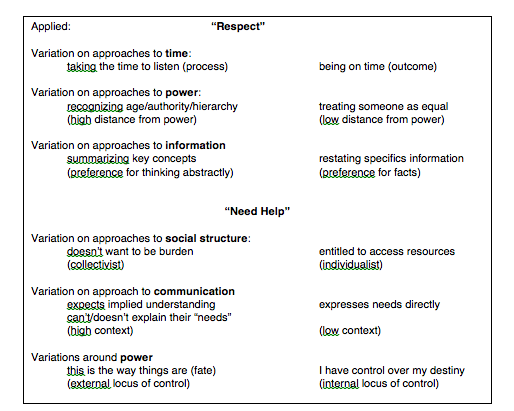Personal Reflection
1. Building Capacity for Collaborative, Inclusive Problem Solving
2. Becoming Social Architects: Together, I + U HALT Injustice
3. Cultivating Integrity
4. Cultivating Understanding
5. Cultivating Humility
6. Cultivating Awareness
7. Cultivating Legitimacy
8. Cultivating Trustworthiness
9. Conclusion
| building_capacity_i__u_halt_disparities.pdf |







 RSS Feed
RSS Feed